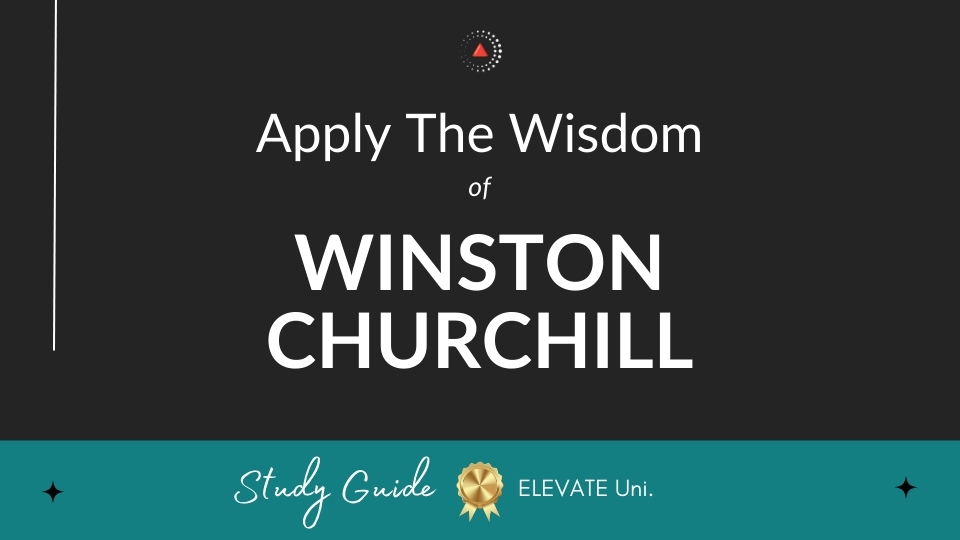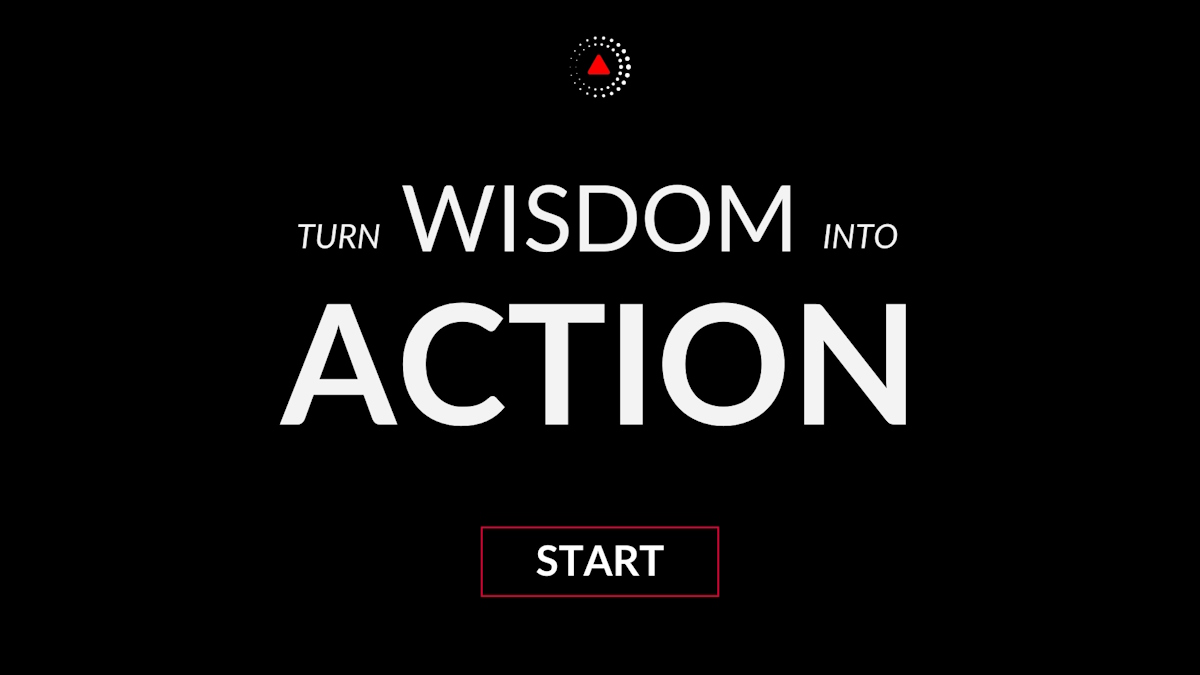Without tradition, art is a flock of sheep without a shepherd. Without innovation, it is a corpse.
What's the meaning of this quote?
Quote Meaning: This quote captures the dynamic relationship between tradition and innovation in the realm of art. It suggests that both tradition and innovation are vital for the vitality and relevance of artistic expression.
The first part of the quote highlights the importance of tradition in art. Traditions provide a foundation, a shared heritage, and a set of established principles and techniques that artists can draw upon and build upon. Tradition offers a sense of continuity, connecting contemporary artists to the wisdom, knowledge, and artistic achievements of the past. It provides a framework within which artists can explore, experiment, and create.
Tradition acts as a guiding force, offering inspiration, discipline, and a sense of belonging to a larger artistic lineage. It helps to maintain artistic standards, preserving the richness and depth of artistic expression. Without tradition, art may lack direction, coherence, and a sense of purpose, becoming a mere collection of individual and disconnected artistic endeavors.
On the other hand, the second part of the quote emphasizes the necessity of innovation in art. Innovation represents the spirit of exploration, pushing boundaries, and challenging established norms and conventions. It is through innovation that art evolves, adapts to changing times, and remains relevant to contemporary audiences. Innovation breathes life into art, injecting it with freshness, originality, and new perspectives.
Without innovation, art can become stagnant, repetitive, and unengaging. It may lose its ability to captivate and inspire, falling into a state of complacency and irrelevance. Innovation sparks creativity, encourages experimentation, and opens up new avenues for artistic expression.
The quote suggests that a balance between tradition and innovation is crucial for the vitality and growth of art. While tradition provides the grounding and foundation, innovation fuels the evolution and expansion of artistic boundaries. The interplay between the two fosters a dynamic and thriving artistic ecosystem that honors the past while pushing towards the future.
In essence, this quote highlights the symbiotic relationship between tradition and innovation in art. It emphasizes that tradition without innovation can lead to stagnation, while innovation without tradition can result in aimless and disconnected artistic pursuits. By embracing both tradition and innovation, artists can find a harmonious balance that honors the past, engages with the present, and propels art forward into the future.
Who said the quote?
The quote "Without tradition, art is a flock of sheep without a shepherd. Without innovation, it is a corpse." was said by Winston Churchill (Bio / Quotes). Winston Churchill was a British politician, statesman, and writer who is widely regarded as one of the greatest leaders in modern history.
Applying the quote to your life
Unlock Churchill's wisdom and apply it to your life by getting the in-depth Winston Churchill Workbook & Study Guide, complete with top quotes, insightful commentary, reflective questions, and practical uses for everyday life.
To apply more wisdom, get the All-Access Pass, which includes hundreds of study guides from the world's top minds. These include deep insights from individuals such as Nelson Mandela, Steve Jobs, and Albert Einstein, as well as some of the top authors and personal development books.
What are Winston Churchill's Best Quotes?
Watch on Elevate's YouTube channel and be sure to subscribe for more wisdom and insights from the world's top minds.
Subscribe on YouTube to get the latest quote videos delivered straight to you:
Is there a historical example that illustrates the message of the quote?
One compelling historical example that illustrates this quote is the evolution of Renaissance art in Europe. The Renaissance, spanning roughly from the 14th to the 17th century, was marked by a profound revival of classical traditions combined with groundbreaking innovations. This period was a prime demonstration of how tradition and innovation can work together to produce transformative results in art.
In the early Renaissance, artists like Giotto di Bondone and Masaccio drew heavily on the artistic traditions of ancient Greece and Rome. They revived classical techniques such as linear perspective and naturalism, which had been largely lost during the medieval period. These traditional elements provided a foundation that artists could build upon, offering a framework for creating more realistic and proportionate representations of the human form and space.
However, it was not just the adherence to tradition that defined the Renaissance but also the spirit of innovation. For instance, Leonardo da Vinci and Michelangelo pushed the boundaries of artistic techniques and subject matter. Leonardo’s experiments with oil paints and his study of human anatomy led to more lifelike and dynamic representations. Michelangelo’s sculptures, like the Statue of David, broke from traditional medieval forms, demonstrating a new level of anatomical accuracy and expressive power.
Without the revival of classical traditions, the Renaissance artists would have lacked the essential techniques and perspectives that allowed them to advance their art. At the same time, without their innovative approaches, Renaissance art would not have achieved the revolutionary depth and realism that defines it. This balance of respecting past traditions while exploring new ideas illustrates the quote perfectly: tradition without innovation can lead to stagnation, while innovation without tradition can lack direction and depth.
How can the quote be applied in a real-life scenario?
The quote can be applied in real-life scenarios in various fields, such as business, technology, and personal development. Consider the example of a company striving to innovate within a well-established industry.
Imagine a company that produces traditional handcrafted furniture. This company has a long history of using time-tested methods and high-quality materials, reflecting a strong adherence to tradition. This tradition provides the company with a rich legacy and a reputation for craftsmanship, which is a significant asset.
However, to remain competitive in today’s market, the company must also embrace innovation. This could mean incorporating new technologies like 3D printing to design and produce furniture in novel ways or using sustainable materials to meet modern environmental standards. Innovation allows the company to appeal to contemporary tastes and respond to new market demands, such as eco-friendly products.
Without the traditional methods, the company might lose its distinctive quality and heritage, which are integral to its brand identity. On the other hand, without embracing innovation, it risks becoming outdated and irrelevant in a rapidly changing market. The balance of tradition and innovation enables the company to honor its roots while adapting to new trends and technologies.
In personal development, the same principle applies. Imagine someone who has inherited a family tradition of artistic skills, such as painting. This tradition offers a solid foundation and technical proficiency. However, to continue growing and expressing themselves, they must also explore new styles, techniques, or media. This combination of preserving traditional skills while experimenting with modern approaches keeps their work dynamic and relevant.
In both scenarios, tradition provides a framework and a sense of identity, while innovation pushes the boundaries and drives progress. The quote highlights the necessity of both elements to create something that is both grounded and forward-looking, ensuring that tradition does not become obsolete and innovation does not lose its direction.
Chief Editor
 Tal Gur is an author, founder, and impact-driven entrepreneur at heart. After trading his daily grind for a life of his own daring design, he spent a decade pursuing 100 major life goals around the globe. His journey and most recent book, The Art of Fully Living, has led him to found Elevate Society.
Tal Gur is an author, founder, and impact-driven entrepreneur at heart. After trading his daily grind for a life of his own daring design, he spent a decade pursuing 100 major life goals around the globe. His journey and most recent book, The Art of Fully Living, has led him to found Elevate Society.






















